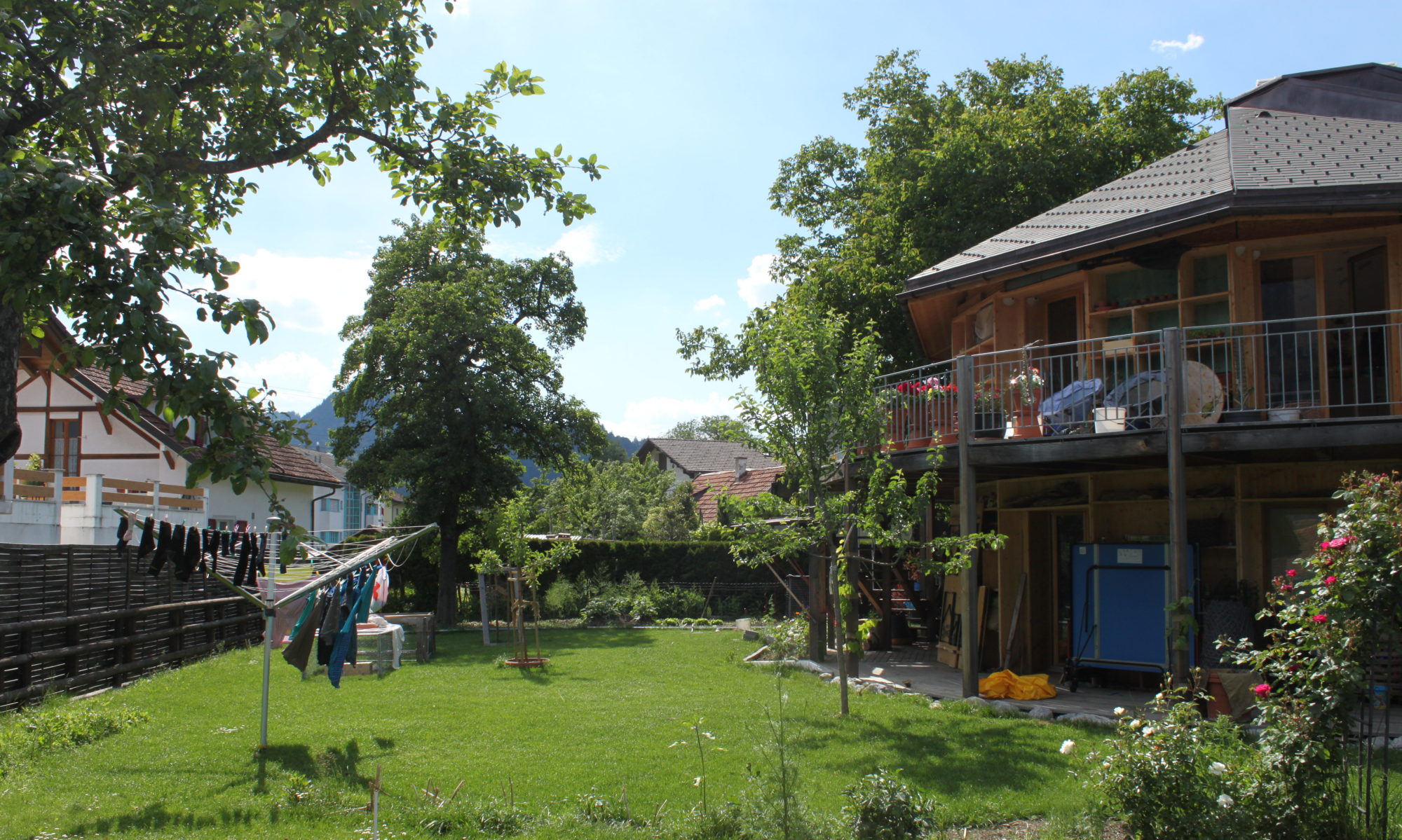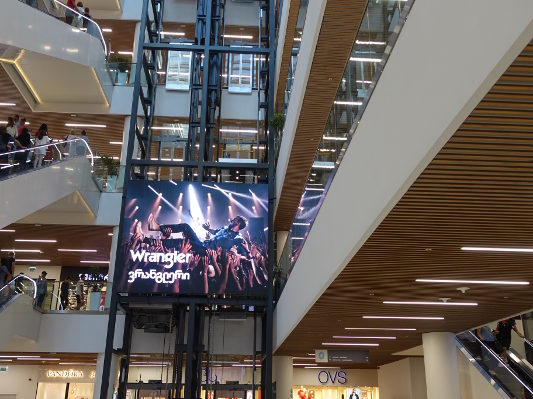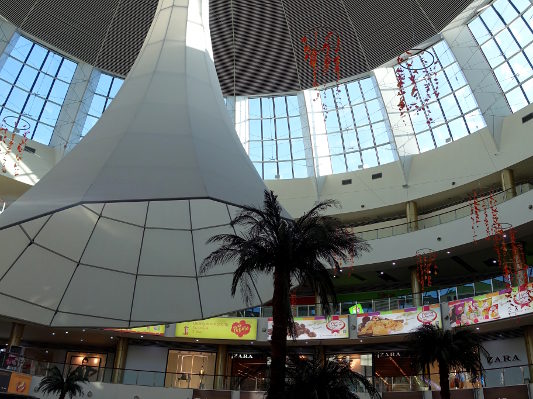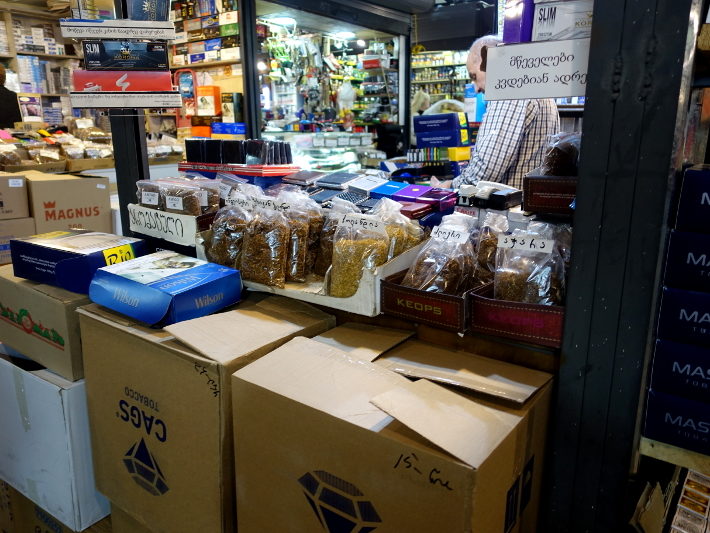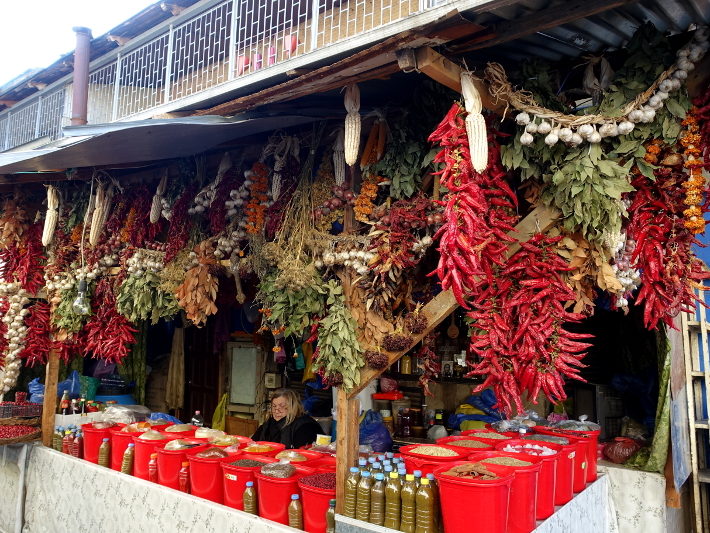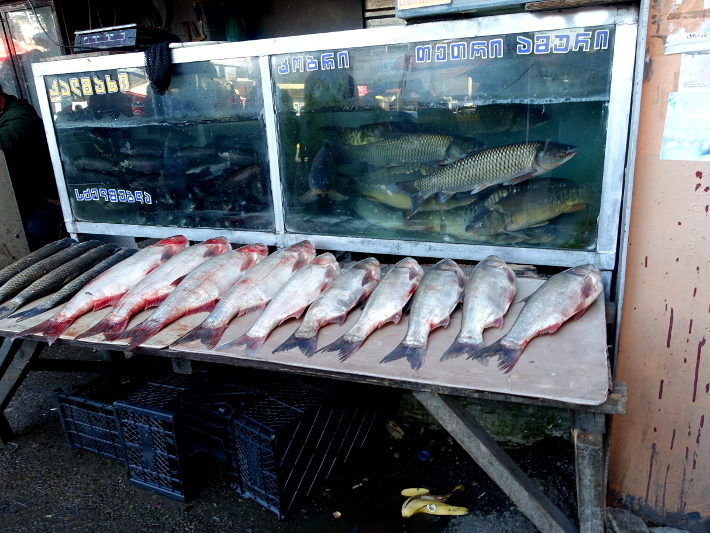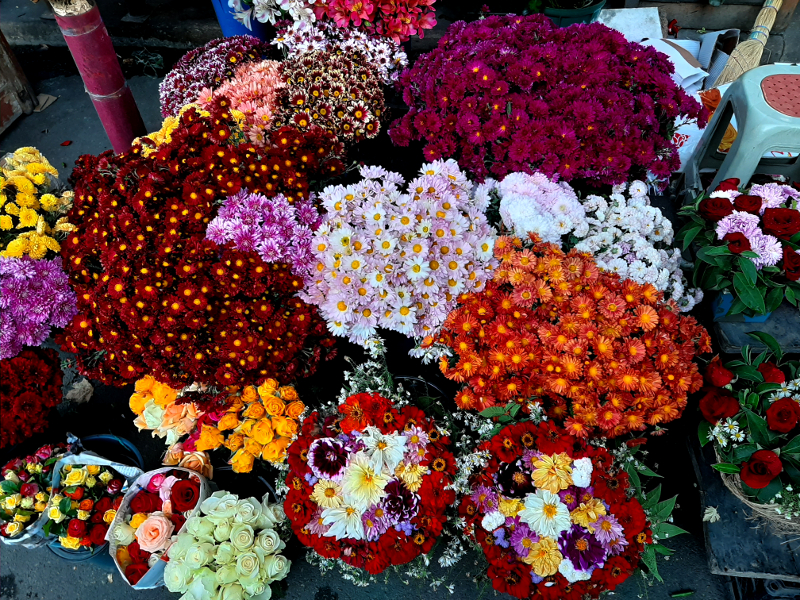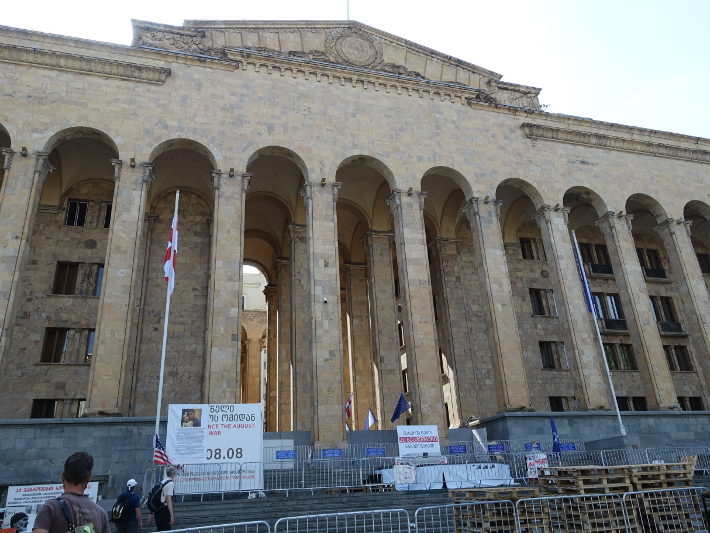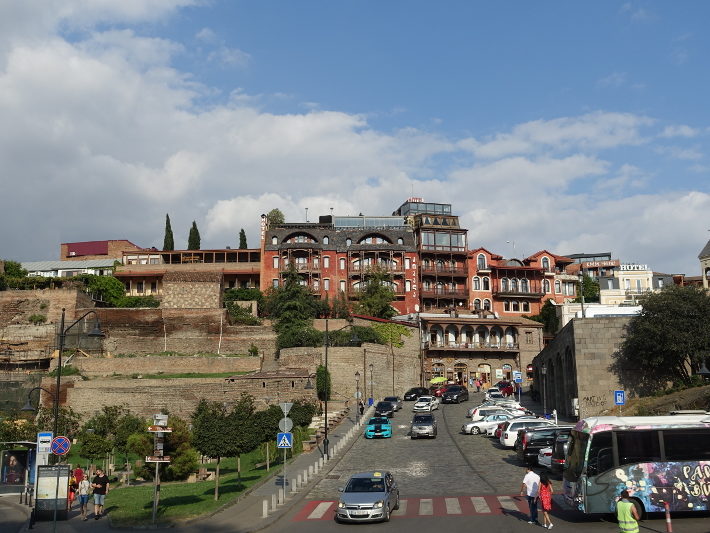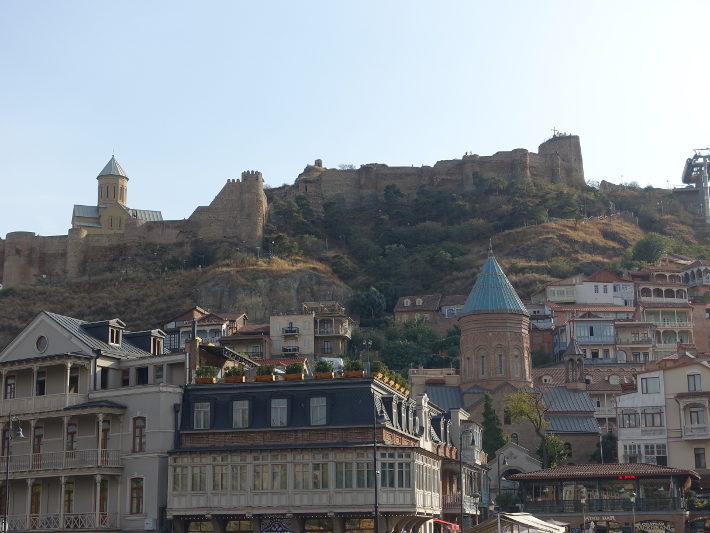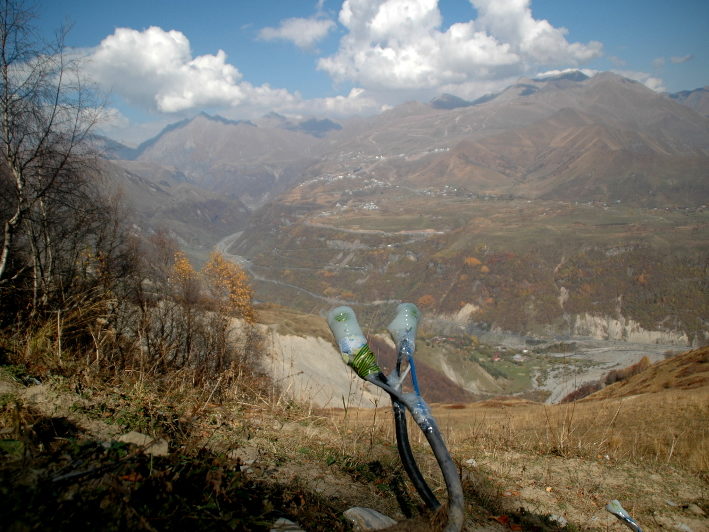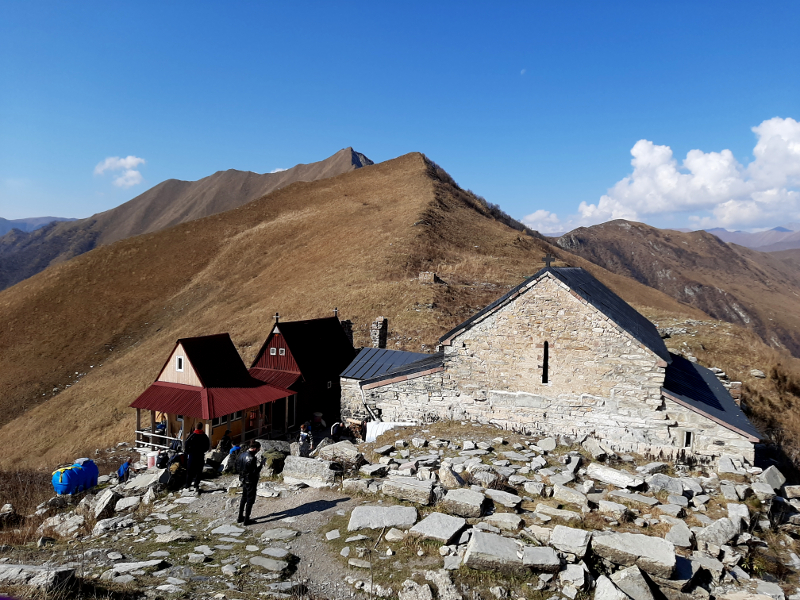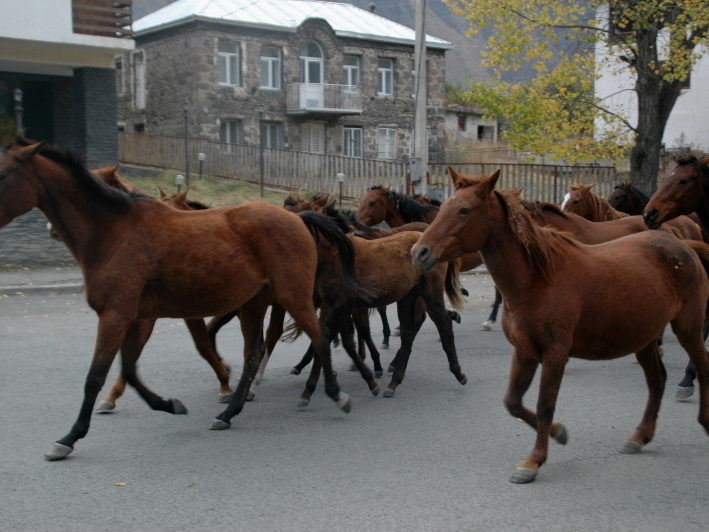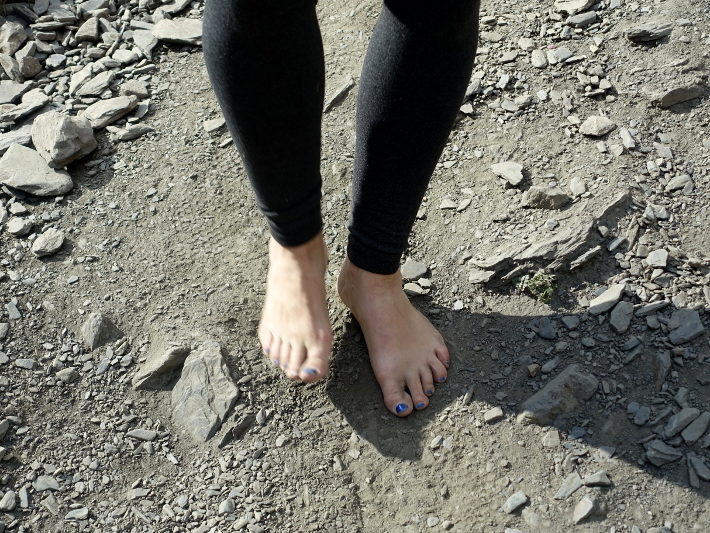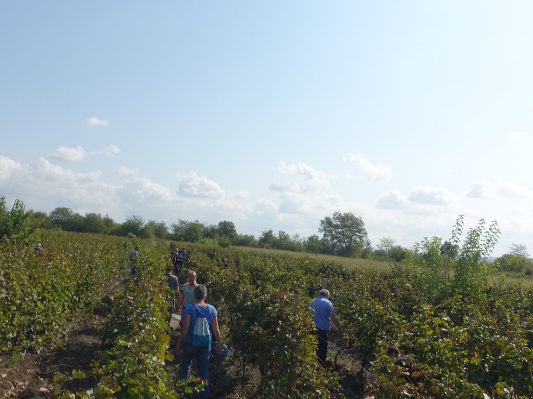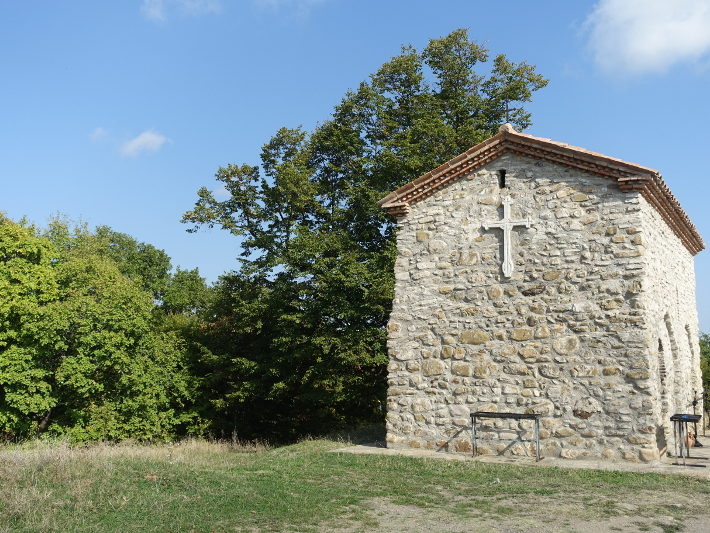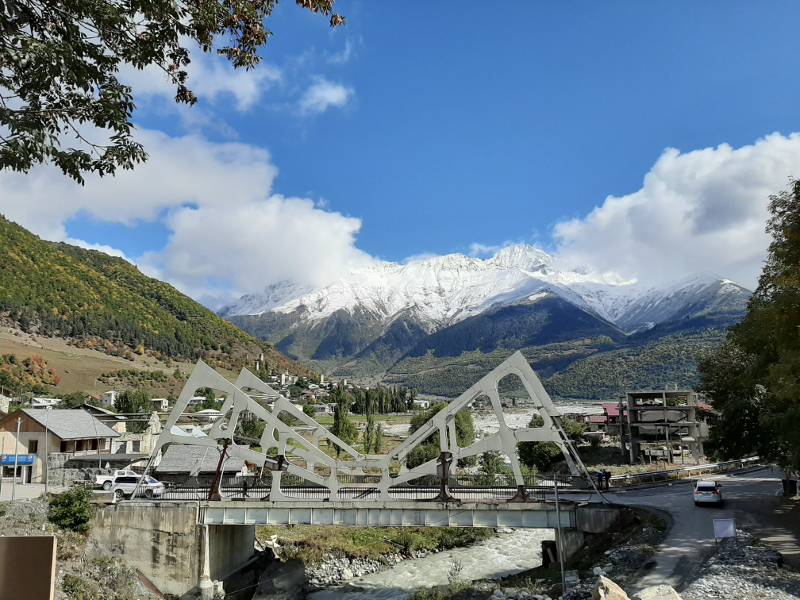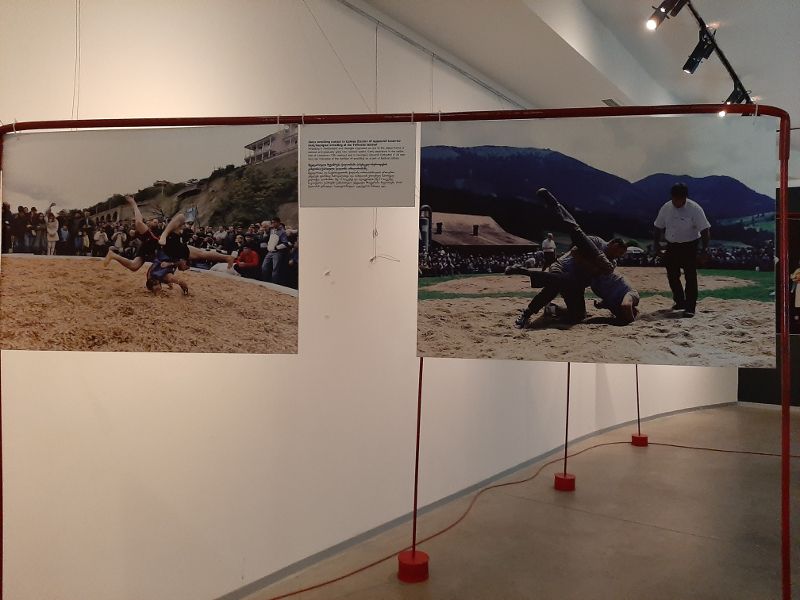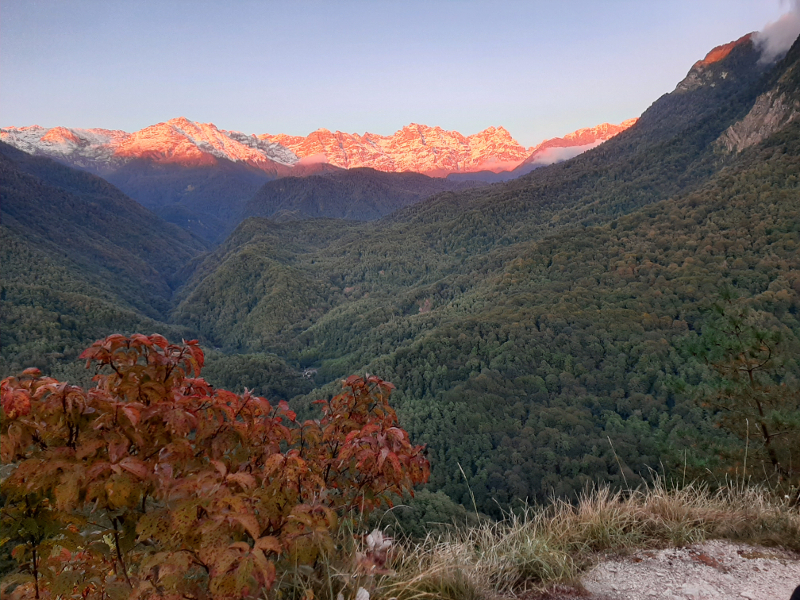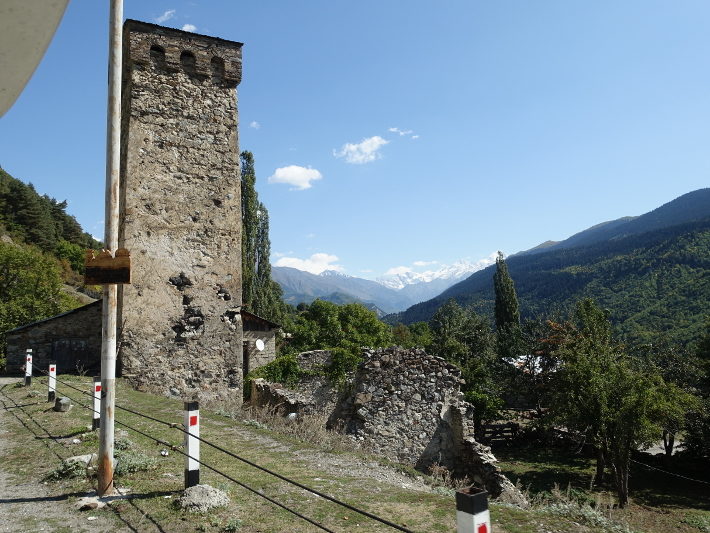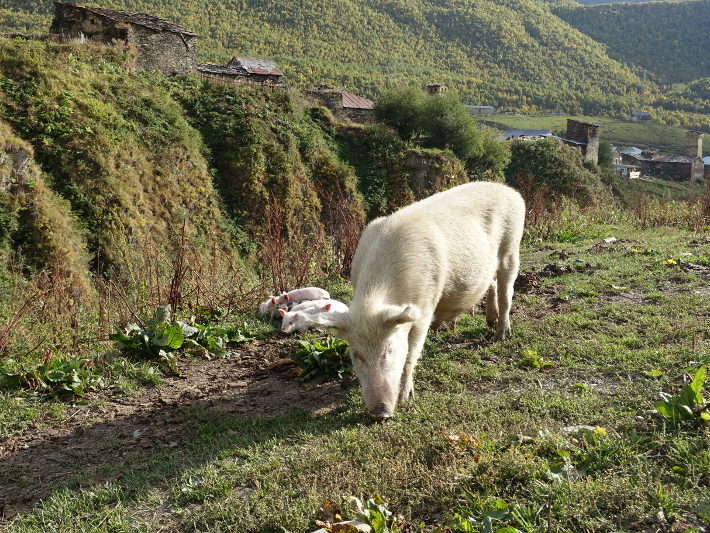Schoolshock
School is an issue, that is disliked by many young people. They say it is boring, annoying and badly taught. But at least they accept it and do it for their future. But Georgia is an exception. My first day at school has begun with a shock. It was quite loud, but I told myself it was because of the first lesson. Quite irritated I had to admit that no teacher knew about my attending to Georgian school. I really thought it was clear, but the information seemed to have stayed in the principal’s office. Maybe the teachers just forgot.
First day of school
But back to my first school day. The helpfulness of the other students was incredible. There was a girl called Kira. She helped me from the beginning. She told me when I had to be where. Except in English. In English, I was in the starters class because I didn’t find my room. I already complained about the volume in the first lesson. I asked the girl next to me, she was called Ellene, if it was always so loud. She said it was just because of the first three days. After two weeks I stopped wondering how long Georgian three days were…
My first best friend
I just told you about Ellene. She got my best friend very fast. She was the second person that helped me so much. She translated a lot for me and helped me with my homework. The only problem was, that math here is much more advanced than in middle Europe. Not even Ellene could help me out here.
I am in a group
Ellene has two very good friends. Salome and Ana. This three girls totally adopted me. In the breaks and in English they saved my life. In English mostly when the teacher started cursing in Georgian what happened quite often.
Boys…
Did you recognise, that all people I told you about were girls? That wasn’t an accident because boys in this school haven’t impressed me at all. At least not positively. They always talked, screamed around or threw paper through the classroom. Have teachers finished speaking? Doing homework? No option. And what are tables for? For that:


The drawing is definitively wonderful. If anything Georgians are artistic. I know the boy who has drawn this. He always draws monsters and machines. Mostly in manga style. I was very stunned when I saw a mixture of machine and dragon in his math pad. But except of that he is rather unintelligent.
Interior
The whole interior is a little shabby but everything works. I think it also looks quite old because everything is painted and scrawled. In many places there were cut off edges or broken hooks. But everything worked like it should. Everything that would be white in Switzerland would be yellow or beige here. The tables are only as high as the first grade tables in our schools. At the start it was uncomfortable but I got used to it very fast. It actually was quite comfortable in the end.


Classes
The classes were very different to each other when you look at quality. In Chemistry, I got extra papers in English. In Georgian the teacher didn’t care what I did. But nothing we kids did seemed to matter to her. All the other kids slept, talked or played on their phones. Here in Georgia the students lay their bags on the table. No one cares if it is allowed or not. In any case, the Georgian kids like to have their heads on it or their phones inside. In the second variant, the school bag is open. Most teachers don’t care.
Exams
How much should you here while there is an exam in the room? Pens on paper? Nervous toddle with the foot? OK. That’s normal. Speaking? Discussing? Angry teachers? Solutions from one end of the room to the other? Yes, here it is. But mostly I was astonished of the two students coming in with Christmas decorations around their shoulders, pissing off the teacher. And all that in the middle of an exam. After the English exam, three girls discussed with the teacher to give them higher grades. And most astonishing, the teacher did it! I think it is funny on one side but on the other hand it is disrespectful. I decided not to interfere, but I will neither forget it.
My way to school
I need about 30 minutes to go to school. I go from our flat to the next Metro station, two stops and then right to school. So when I need about an hour to prepare, and not know how long exactly it will take me, I get up at seven leave home at eight and am at school at half past eight. I go to my classroom and look which lessons I have. If I have to go somewhere else, I go there. Now I unpack my school stuff and begin reading a little until lesson starts. Mostly there are seven or eight students in the room by then sometimes even just three. Just for you to know we are a class with about 20 students. This to pictures are from a place near our school:


Learning
The Georgian language is extremely beautiful. Especially the writing. But it is not easy at all. It neither is learnable. I can write German words with Georgian letters, but not Georgian words with German letters. Imagine you sit it a café and all people around you speak Georgian. It will sound beautiful. Like a little whispering singing that silently flows through the room. But since I am in Georgia, and I am here for five months now, I just learned a few words and I can count to thirty. I couldn’t go through this city without help. But to be honest, I didn’t learn anything in school. At least nothing about school stuff. I just learned about a completely different culture to ours and found three real friends.
Conclusion
It doesn’t matter what I have taken from school here, some part of me will stay in this city. I will never forget Ellene, Salome, Ana and Kira and I will never forget how lucky I am to have the infrastructures from the EMS in Schiers.
